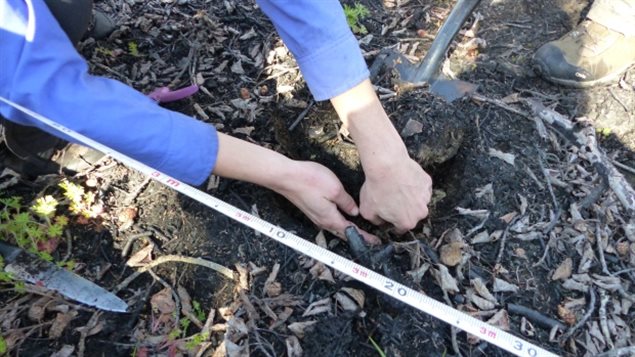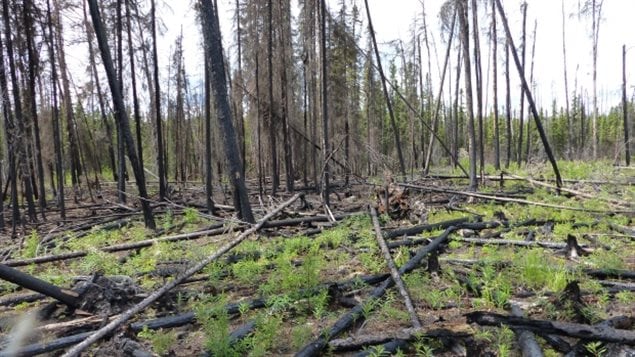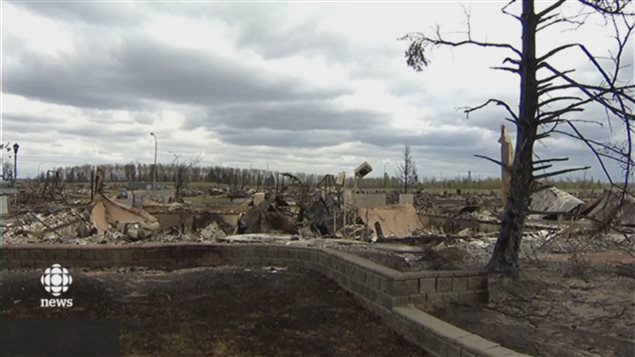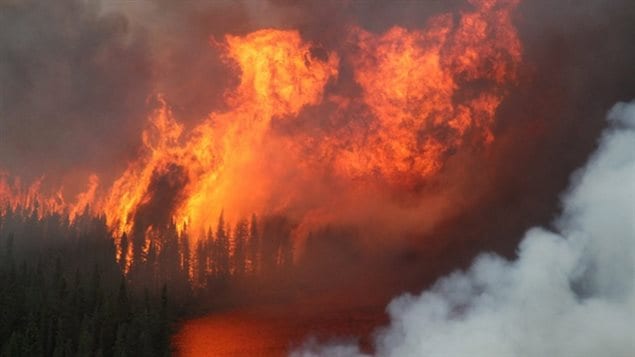We’ve seen some spectacular images of huge forest fires in Canada in recent years. A new study involving Canadian researchers and NASA is looking into how fires are changing the boreal forest, and also the amount of carbon emissions released into the atmosphere.
Jill Johnstone (PhD) is a member of the research team. She is a professor at the University of Saskatchewan’s Department of Biology
Listen
The University of Saskatchewan team and a team at NASA called the Arctic Boreal Vulnerability Experiment are together studying the effects of wildfires on the atmosphere and on the ground.
We’ve had historically unprecedented fire years happening more and more frequently. J Johnstone PhD
According to the Canadian Inter-agency Forest Fire Centre Inc. National Wildland Fire Situation Report, there have been over 3,300 wildfires in Canada this year, and over a million hectares burned.
Professor Johnstone notes that there is as much stored carbon on and in the forest floor as in the forests trees, and it’s important to take that into consideration in estimating carbon release from fires. This is done in part by determining the depth of the fire into the ground layers.

What she has noticed is that the vast coniferous boreal forest is slowly changing. Global warming and climate change means that conditions which had always favoured the regrowth of conifers like pine and spruce, are now favouring deciduous trees which spring up first after the fires.

With more, and bigger fires happening this could result in a gradual evolution of the boreal forest. “If we see wide-spread transitions from conifer cover to deciduous cover, that actually has wide-spread repercussions for the entire planet”, she says.
The deciduous trees hold more water and don’t burn quite as well which might slow down the spread of wild fires in the future. Also they act as a water pump putting more moisture into the atmosphere. That in turn could change weather patterns around the world.

That is speculative as warming weather with heat and drought might offset any such change.
However in a transitional period it will also affect animal life. She says the already stressed caribou depend on conifer forests for winter shelter and could be hurt even further with the change. Other species, like moose, do better in deciduous forests and would be advantaged.
Professor Johnstone says the multi-year research effort with data from Alaska, the Northwest Territories, Alberta and Saskatchewan, will be analyzed into over the winter months with a preliminary report expected in 2017.







For reasons beyond our control, and for an undetermined period of time, our comment section is now closed. However, our social networks remain open to your contributions.